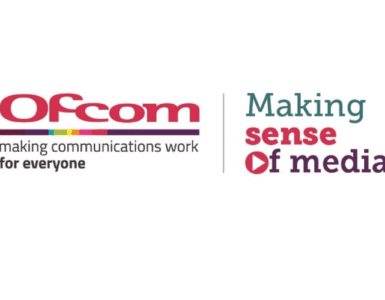The publication of the study entitled “2nd Survey of Schools: ICT in education” is now available on the Digital Single Market website.
The study follows the Digital Education Action Plan Communication’s call to provide more data and evidence regarding digitisation in education and digital technologies in learning. The study was aimed at providing detailed and up-to-date information related to access, use and attitudes towards the use of technology in education by surveying head teachers, teachers, students and parents covering the EU-28, Norway, Iceland and Turkey. The second objective of the study aimed at designing a conceptual model for a ‘highly equipped and connected classroom’ (HECC), defining three scenarios of a HECC (entry level, advanced level and cutting-edge level) and estimating the costs to equip and connect an average EU classroom with advanced components of the HECC model.
One of the key findings of the study is that many schools still struggle with connectivity. The European broadband targets foresee that by 2025 all schools have access to Gigabit Internet Connectivity. This is increasingly necessary given schools increased demand for bandwidth-demanding applications such as video streaming or video conferencing. However, the study shows that less than 1 out of 5 of European students attend schools which have access to high-speed Internet above 100 mbps.














